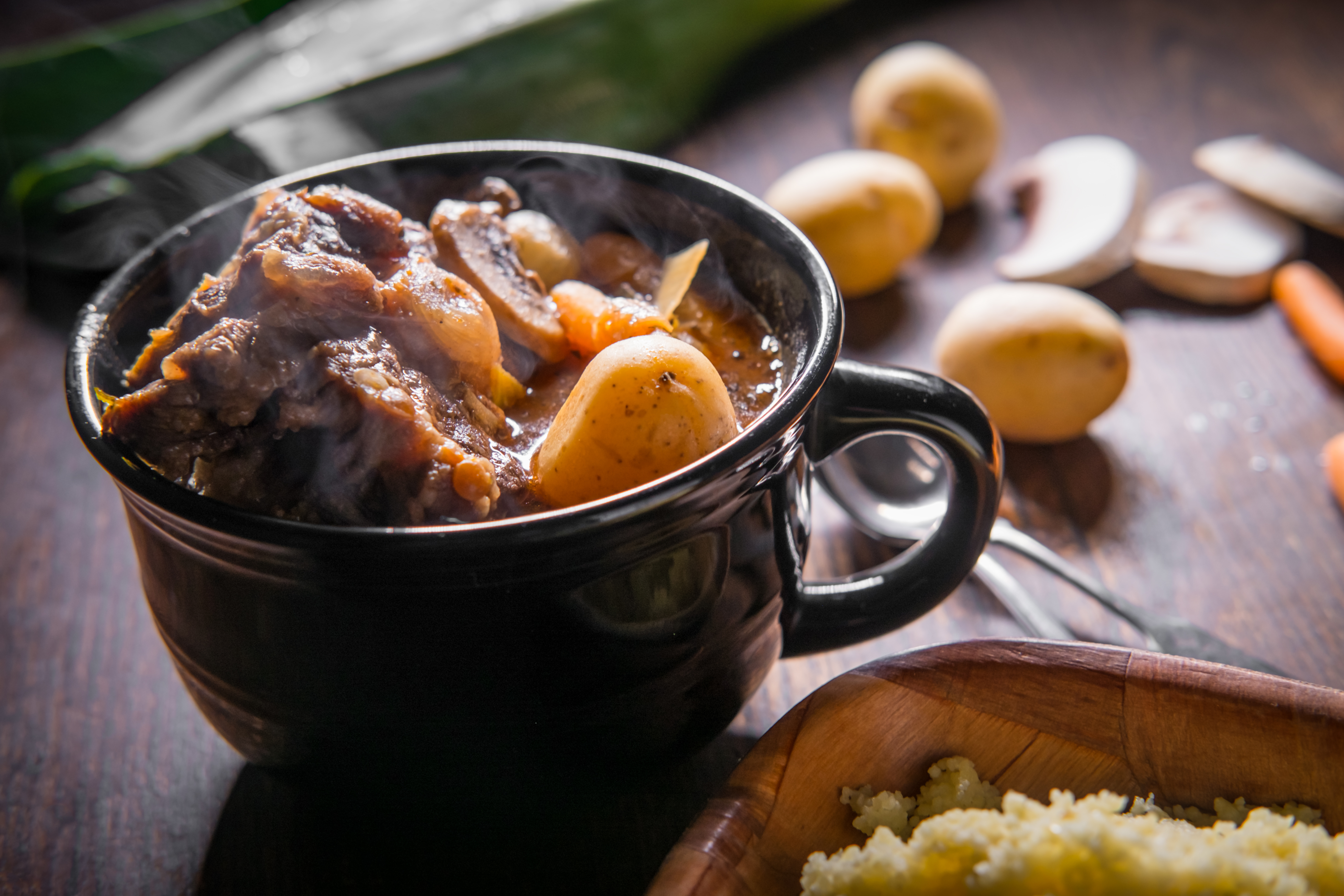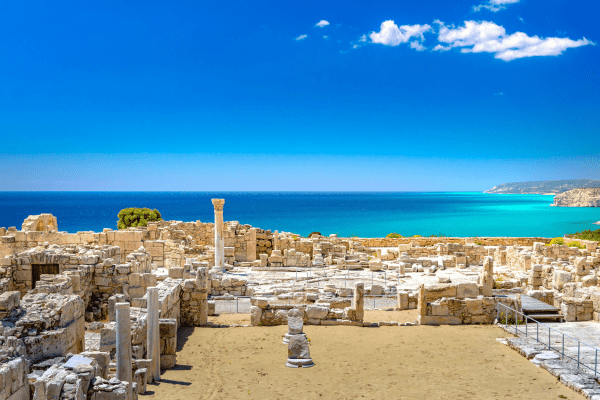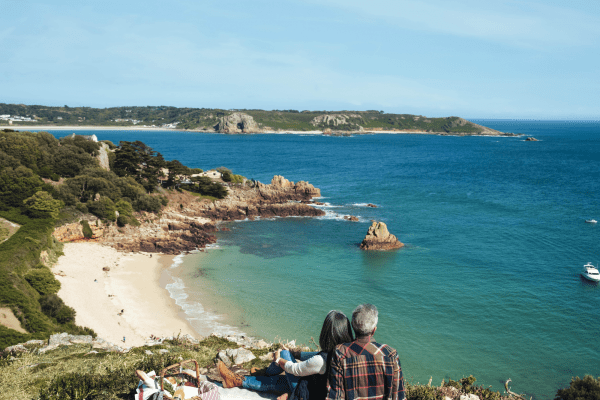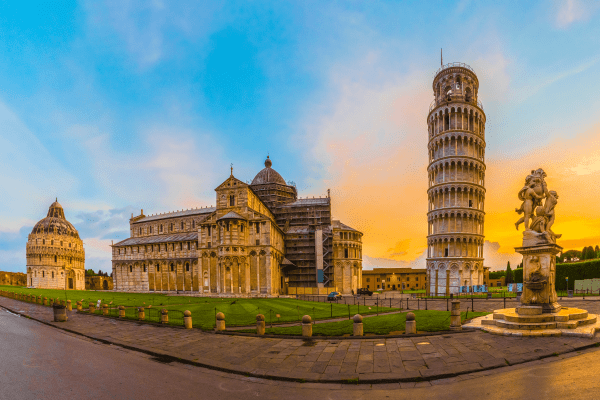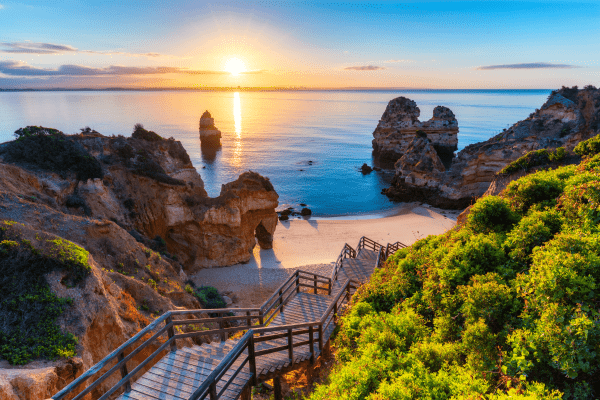Waking to the early morning sound of bird song, under the thatch of your Luangwa National Park bush camp lodge you wonder why you would ever want to be anywhere else. You listen carefully to something between a cacophony and a chorus but you can just about pick out the distinctive calls of the kingfisher, hornbill, cuckoo and hoopoe. Zambia might not be the first destination you think of for a safari adventure, but with sensational wildlife, remote national parks and rich wild landscape, it’s becoming increasingly popular as a less commercialised, more pristine alternative to the big safari experiences of South Africa, Botswana, and Kenya.
Evoking sensations of old Africa, Zambia’s lodges remain intimate, exclusive and authentic, with exceptional game viewing. That’s not to say you’ll be living rough, on the contrary, you’ll enjoy the personal attention of professional staff, and although you can opt for a rustic experience if that’s what you want, top camps offer spacious villas, stunning verandas, plunge pools and delicious local cuisine. Zambian guides and conservationists are dedicated and experienced and it’s not unusual to have elephants, monkeys, and even leopards and lions curiously creeping in through the camp itself.
As it’s sandwiched between the Tropic of Capricorn and the Equator, Zambia has a tropical climate with a mild dry winter from May to October and humid wet summers from November to April. June to August sees the peak for safaris with animals gathering at watering holes and sparse vegetation making them easy to spot. However, you’ll also pay higher rates and the small camps get booked up well in advance. October is very hot and dry while November is the start of the green season with rains continuing until March or April. December to February sees the heaviest rains with low-lying camps closing completely. Those that do stay open however offer special activities you won’t find in the high season, such as boat safaris and sensational bird watching.
Victoria Falls
Creating a border with Zimbabwe is the Zambezi River and the magnificent Victoria Falls, measuring an impressive 2km and 103 metres deep. It’s appropriately named Mosi-oa-Tunya (Smoke that Thunders) by the locals. Walkways explore the optimum viewing points, and activities like zip-wiring are available if you fancy it. Be warned, early in the low season, November and December, following the dry weather, the falls can be a disappointing trickle, but are good to visit March to July when they become fuller again. On the other hand, the exhilarating Devil’s Pool on the very edge is usually open from August to January, after which the water levels rise making it too dangerous to swim.
National Parks
With 19 national parks and 34 game management areas, almost 40% of Zambia’s land is under protection, showcasing an array of diverse ecosystems. The grasslands of Liuwa Plain are the site of a major wildebeest migration and were once home to Lady Liuwa, a last lonely lioness and subject of a National Geographic documentary. Kafue and Luangwa National Park house zebras, lions, cheetahs, leopards and huge crocodiles as well as rare antelope like sable & roan. The stunningly scenic Lower Zambezi National Park is a haven for wildlife and recently listed as the world’s first carbon-neutral park. Many camps close during the wet December to March, but great bargains are to be had at those that remain accessible. It’s a beautiful, lush, green period with fab opportunities for herbivore calving and terrific sightings of baby animals. South Luangwa and the Bangweulu Wetlands within particular are open for unforgettable canoe safaris, and exceptional bird watching.






